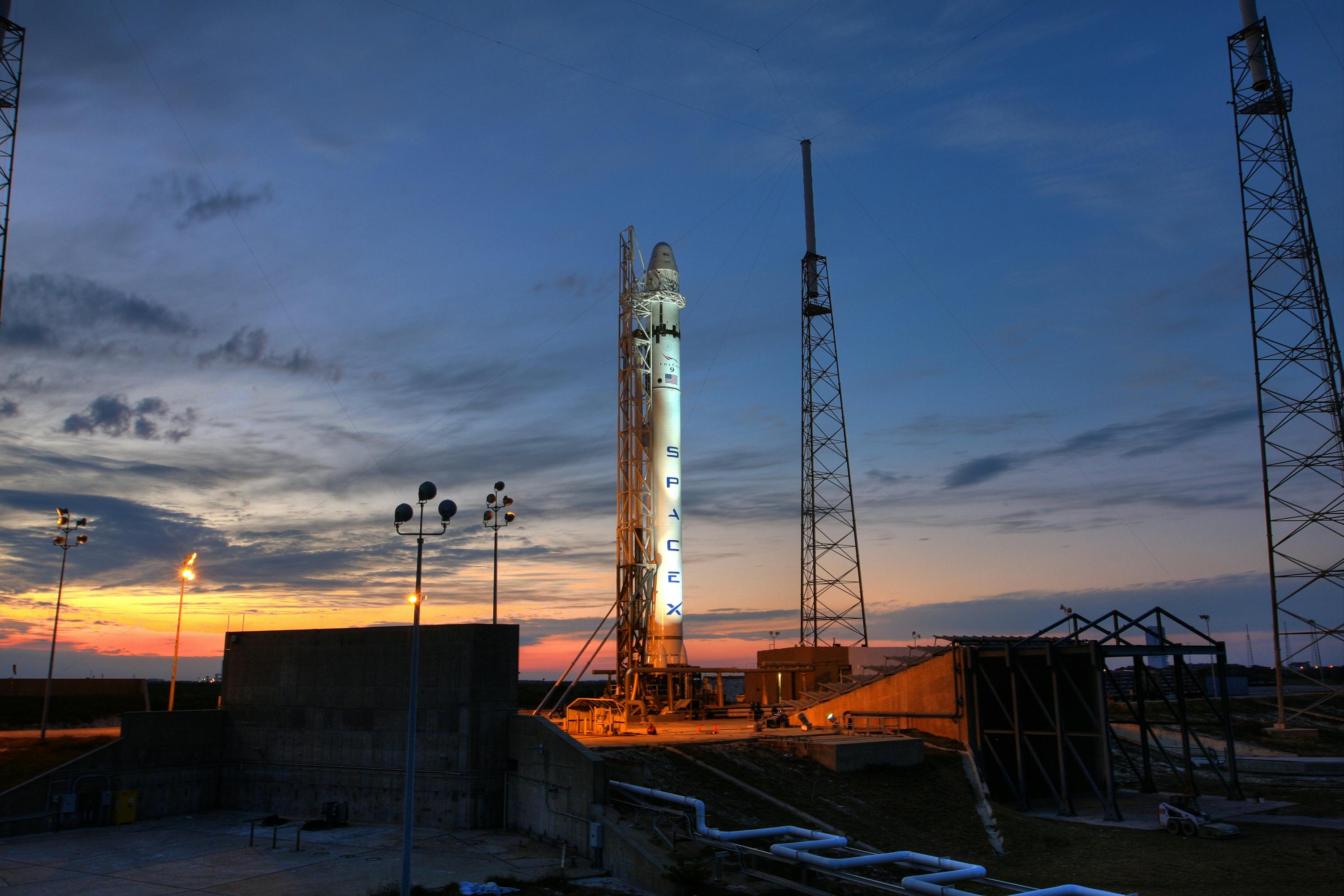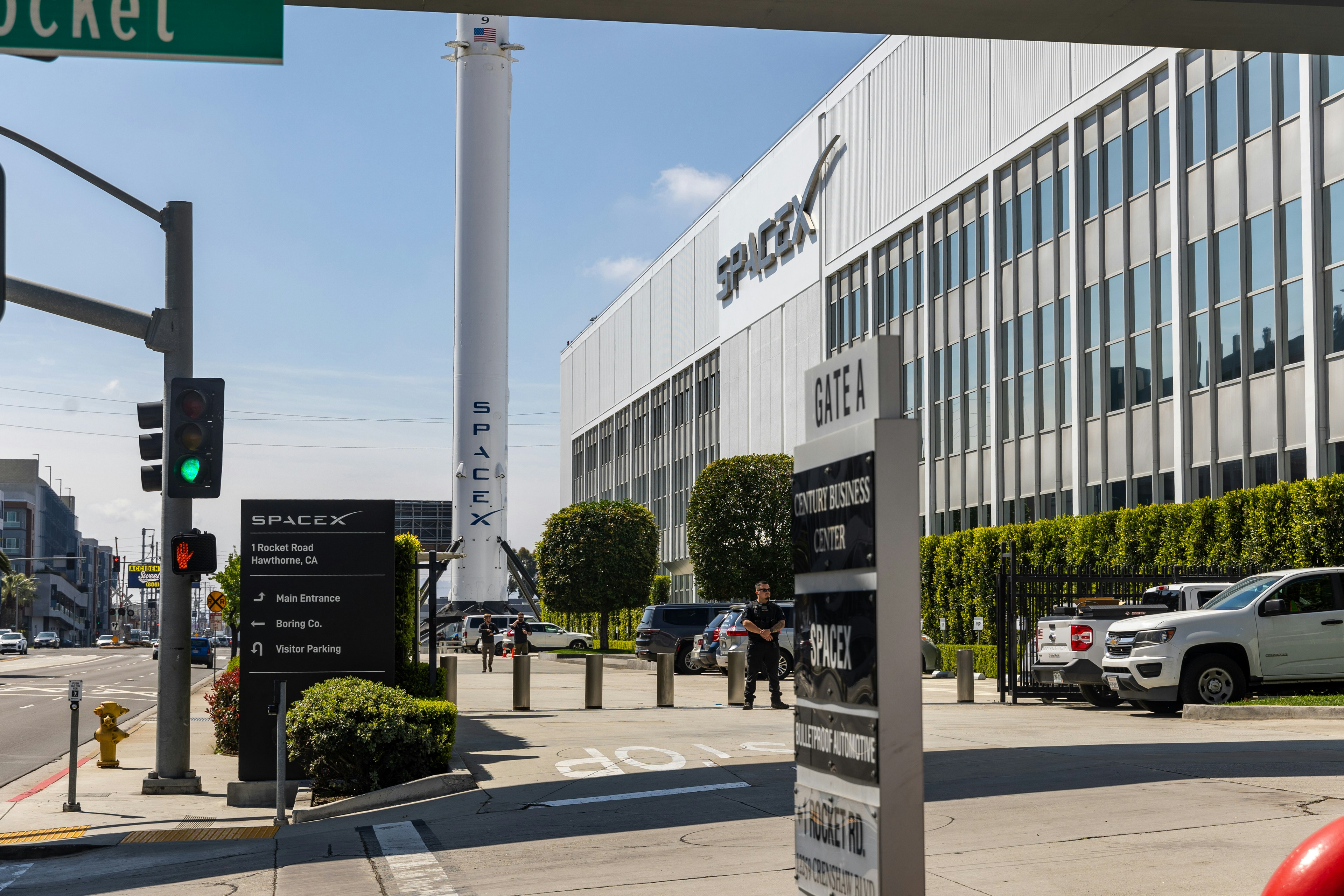· space brief · 7 min read
Space Brief 8 Jun 2025
A busy day in space as delays hit Boeing's Starliner launch, SpaceX continues its rapid launch cadence, new concerns arise with the discovery of bacteria on the Tiangong space station, and the European Space Agency supports a pivotal Moon mission.

📄Top Stories
Boeing’s Starliner faces further delays, pushing its next flight into 2026, highlighting challenges in crewed spacecraft development. Meanwhile, SpaceX continues its impressive launch schedule with another batch of Starlink satellites. Also making headlines, research raises concerns about planetary protection protocols following bacterial discoveries in space environments.
📰Detailed Coverage
Starliner Delays Push Flight to 2026
Boeing’s Starliner crew vehicle, initially set for its next mission sooner, now faces delays that push its launch to at least early 2026. This revised schedule depends on successful testing at the White Sands Test Facility in New Mexico, illustrating ongoing challenges in achieving NASA’s stringent crew safety standards.
These delays emphasize the importance of reliable crewed spacecraft, a priority for both NASA and international partners. The Starliner is integral to maintaining a strong presence in low Earth orbit, complementing our satellite tracking efforts and ensuring continued space station operations.
Read the full story: Spaceflight Now
SpaceX Launches 70th Falcon 9 of the Year
SpaceX continues to showcase its industry dominance with the launch of 26 Starlink satellites aboard a Falcon 9 rocket from Vandenberg Space Force Base. This mission, marking their 70th launch of 2025, reinforces SpaceX’s leadership in satellite deployment, aiming to expand global internet coverage.
SpaceX’s frequent launches contribute to the increase in satellite traffic in Earth’s orbit, making real-time tracking essential for minimizing collision risks and managing space debris—a key feature of our web app.
Read the full story: Spaceflight Now
ESA Supports Moon Mission Featuring First European Rover
The European Space Agency (ESA) is playing a significant role in a bold lunar mission, aiding in the deployment of the first European rover. Part of ispace’s Mission 2, the rover will attempt a lunar landing on Mare Frigoris within days, following a successful launch from Cape Canaveral aboard a SpaceX Falcon 9.
This mission marks a milestone in European space exploration, strengthening international collaboration and technological development crucial for future lunar and planetary exploration missions.
Read the full story: Moon Daily
Newly Discovered Bacteria Raise Planetary Protection Concerns
Newly identified bacterial species have been discovered aboard the Tiangong space station and within NASA’s sterilized environments. These findings prompt a reevaluation of existing planetary protection measures and raise questions about contamination risks associated with space missions.
Highlighting the need for stringent protection protocols, this discovery underscores the challenges of maintaining biological sterility on spacecraft, a critical factor in protecting extraterrestrial environments.
Read the full story: Space Explored
ESCAPADE Mars Mission Eyes Potential Launch on New Glenn
NASA’s ESCAPADE mission, targeting Mars orbital studies, might hitch a ride on Blue Origin’s New Glenn rocket in its second flight attempt scheduled for later this summer. This follows delays from the initial New Glenn launch plans, reflecting the complex logistics of interplanetary mission scheduling.
ESCAPADE will carry smallsats designed for dual-planetary orbit operations, offering insights into Mars’ atmospheric and space weather.
Read the full story: SpaceNews
SpaceX Pushes Forward with Super Heavy Booster Innovations
SpaceX continues to innovate with the reuse of Booster 14 in Starship flight evaluations, paving the way for new primary objectives. This reflects SpaceX’s strategy of iterative development and rapid prototyping, crucial for achieving their Mars colonization aspirations.
Continued advancements in booster technology bolster cost efficiency and performance, integral to increasing launch frequency and reducing barriers to space access.
Read the full story: NASASpaceFlight.com
🛰️Satellite Spotlight
- Satellite Name: ASTROCAST-0202
- NORAD ID: 48961
- Launch Date: June 30, 2021
- Mission: Communication for Machine-to-Machine (M2M) and Internet of Things (IoT) applications
- Orbit: Low Earth Orbit (LEO)
- Operator: ACAST
- Fun Fact: This CubeSat is part of a constellation designed to provide global connectivity for IoT devices, supporting various industries with low-cost satellite communication.
Track this satellite in real-time on our web app: Track ASTROCAST-0202
🌌Space Weather
Space weather conditions are currently quiet.
R0 - S0 - G0
Next 24 Hours: For satellite operators, expect no risk of radio blackouts or solar radiation storms in the next 24 hours, leading to stable operational conditions for satellite communication and monitoring. However, G1 (Minor) geomagnetic storms are likely on June 8-9, which may slightly affect ground-based radars and telescopes. Operators should be aware of a potential chance for R1-R2 (Minor-Moderate) radio blackouts from June 8-10, which could impact communication systems.
Beyond: Looking ahead, the forecast from June 2 to June 28, 2025, indicates that solar activity may reach moderate levels (R1-R2/Minor-Moderate), potentially escalating to R3 (Strong) due to the influence of active regions on the sun’s visible face. Satellite operators should prepare for a chance of M-class (R1-R2) X-ray activity, which may have implications for satellites in orbit.
The continued presence of a proton event is expected to conclude on June 2, with no further events anticipated at geosynchronous orbit for the period. However, high levels of greater than 2 MeV electron flux may occur from June 3-5, June 14-22, and June 26-28, following the influence of recurrent coronal holes, which could cause increased drag on Low Earth Orbit (LEO) satellites.
Geomagnetic activity is expected to elevate, with G1 (Minor) to G2 (Moderate) geomagnetic storms likely on June 2-3 due to the waning effects of coronal mass ejections (CMEs). Unsettled to active conditions are anticipated on June 4-7 and June 10-12 from recurrent coronal hole high-speed streams (CH HSS), impacting ground-based observations and satellite operations. Positive polarity CH HSS influence may lead to unsettled to G1 conditions from June 13-22, contributing further to unpredictable space weather conditions, while negative polarity CH HSS influence is likely to bring unsettled to G1 conditions again on June 23-28.
🚀 Upcoming Space Launches
June 8
- SpaceX Falcon 9:
- Starlink Group 15-8 from Vandenberg Space Force Base, California, USA (13:34 UTC) A batch of 26 satellites for the Starlink mega-constellation - SpaceX’s project for space-based Internet communication system.
June 10
-
SpaceX Falcon 9:
- Axiom Space Mission 4 from Kennedy Space Center, Florida, USA (12:22 UTC) This is a Crew Dragon flight for Axiom Space, carrying a professional commander and three private astronauts to the International Space Station for at least eight days.
-
SpaceX Falcon 9:
- Starlink Group 12-24 from Cape Canaveral Space Force Station, Florida, USA (13:03 UTC) A batch of satellites for the Starlink mega-constellation - SpaceX’s project for space-based Internet communication system.
-
Rocket Lab:
- Electron | The Mountain God Guards (iQPS Launch 3) from Mahia Peninsula, New Zealand (15:45 UTC) Carrying a synthetic aperture radar Earth observation satellite for Japanese company iQPS.
June 13
-
SpaceX Falcon 9:
- Starlink Group 15-6 from Vandenberg Space Force Base, California, USA (01:46 UTC) A batch of satellites for the Starlink mega-constellation - SpaceX’s project for space-based Internet communication system.
-
China Aerospace Science and Technology Corporation:
- Long March 2D | Unknown Payload from Jiuquan Satellite Launch Center, People’s Republic of China (07:48 UTC) Details TBD.
-
SpaceX Falcon 9:
- Starlink Group 12-26 from Cape Canaveral Space Force Station, Florida, USA (11:45 UTC) A batch of satellites for the Starlink mega-constellation - SpaceX’s project for space-based Internet communication system.
-
United Launch Alliance:
- Atlas V 551 | Project Kuiper (KA-02) from Cape Canaveral Space Force Station, Florida, USA (18:29 UTC) Project Kuiper, a mega constellation of satellites for broadband internet access, managed by Amazon’s Kuiper Systems.
June 17
- SpaceX Falcon 9:
- Starlink Group 15-9 from Vandenberg Space Force Base, California, USA (00:51 UTC) A batch of satellites for the Starlink mega-constellation - SpaceX’s project for space-based Internet communication system.
June 21
- SpaceX Falcon 9:
- Transporter 14 (Dedicated SSO Rideshare) from Vandenberg Space Force Base, California, USA (00:00 UTC) A dedicated rideshare flight to sun-synchronous orbit with dozens of small microsatellites and nanosatellites for commercial and government customers.
Note: Launch dates and times are subject to change due to technical or weather considerations.

Maurice Stellarski



